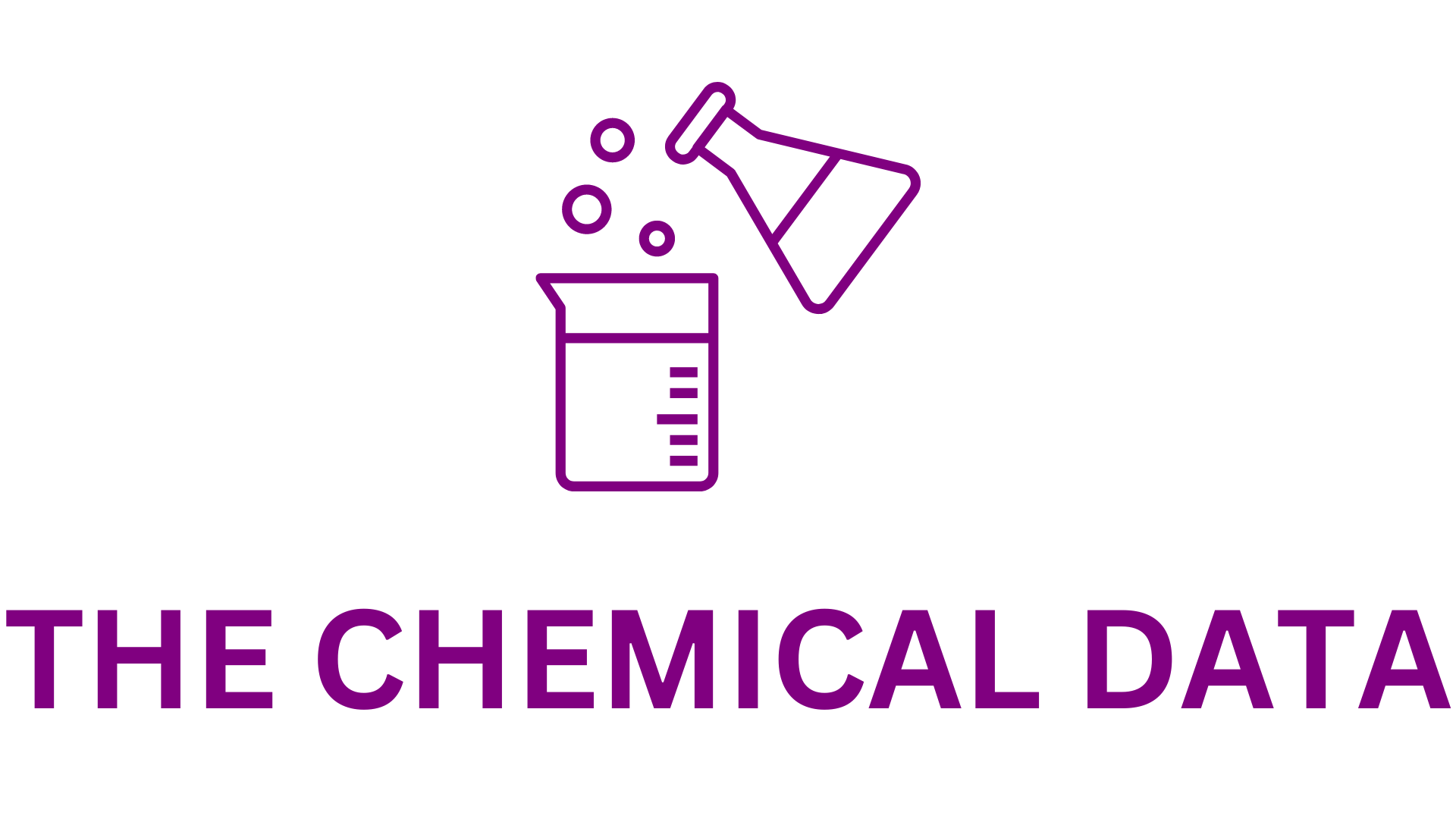
Oxycodone Hydrochloride (CAS 124-90-3) Industry Report 2025: Global and Regional Market Trends 2019-2024 and Forecasts 2025-2029
Oxycodone hydrochloride is a widely used opioid analgesic essential for pain management. This industry report presents a detailed analysis of the Oxycodone hydrochloride market, covering its chemical properties, applications, manufacturing processes, and market trends. The study highlights global and regional dynamics, challenges, growth drivers, opportunities, and market projections for 2025-2029. It also explores pricing trends, patent developments, downstream industries, and the competitive landscape, including key manufacturers and suppliers.
Oxycodone Hydrochloride Overview
General Information and Synonyms
Oxycodone hydrochloride (CAS 124-90-3) is a semi-synthetic opioid derived from thebaine. It is primarily used in pharmaceutical applications to treat moderate to severe pain. It is available in various formulations, including immediate-release (IR) and extended-release (ER) tablets, and is often combined with non-opioid analgesics such as acetaminophen to enhance efficacy while reducing opioid dosage.
Chemical Composition and Properties
- Molecular Formula: C18H22ClNO4
- Molecular Weight: 351.83 g/mol
- Physical Appearance: White crystalline powder
- Solubility: Highly soluble in water and ethanol
- Stability: Sensitive to light and moisture
Due to its potent analgesic effects, oxycodone hydrochloride is classified as a Schedule II controlled substance in many countries, meaning its production, distribution, and prescription are strictly regulated.
Safety, Handling, and Storage
Handling oxycodone hydrochloride requires stringent safety measures due to its high potential for addiction and abuse.
- Hazard Identification: Risks include respiratory depression, dependency, and overdose.
- Handling & Storage: Store in secure, temperature-controlled environments with restricted access.
- Toxicology & Environmental Impact: Improper disposal can lead to environmental contamination and potential public health risks.
Transportation and Regulatory Compliance
As a controlled substance, oxycodone hydrochloride requires adherence to strict transport and distribution regulations, including:
- Compliance with national and international pharmaceutical logistics guidelines.
- Secure shipment methods to prevent unauthorized access and diversion.
Oxycodone Hydrochloride Applications
Oxycodone hydrochloride is predominantly used in:
- Pain Management: Treatment for post-surgical pain, chronic pain syndromes, and cancer-related pain.
- Pharmaceutical Formulations: Used alone or in combination with acetaminophen, ibuprofen, or aspirin.
- Research & Development: Clinical trials for new pain management solutions, including abuse-deterrent formulations.
Manufacturing Process
The synthesis of oxycodone hydrochloride involves multiple chemical processes:
- Thebaine Extraction: Thebaine, an alkaloid derived from the opium poppy, serves as the starting material.
- Chemical Conversion: Thebaine undergoes catalytic hydrogenation and structural modifications.
- Purification & Crystallization: Ensures high pharmaceutical-grade purity.
- Quality Control & Compliance: Stringent testing to meet regulatory standards.
Patent Analysis
- Existing Patents: Protection of synthesis methods, formulations, and extended-release technologies.
- Recent Patent Filings: Focus on abuse-deterrent formulations and alternative delivery systems.
- Competitive Landscape: Leading pharmaceutical companies holding key patents.
Market Analysis (2019-2024)
Key Market Drivers and Constraints
- Drivers:
- Growing demand for effective pain management solutions.
- Advancements in drug formulation and controlled-release technologies.
- Expanding healthcare infrastructure in emerging markets.
- Challenges:
- Stringent regulations due to opioid crisis concerns.
- Rising litigation risks for pharmaceutical manufacturers.
- Increasing availability of non-opioid pain management alternatives.
Regional Market Overview
- North America: Largest market, dominated by strict opioid regulations and an established pharmaceutical industry.
- Europe: Strong regulatory framework with moderate market growth.
- Asia-Pacific: Rapidly expanding market due to increasing healthcare investments.
- Rest of the World (RoW): Fragmented market with varying regulatory challenges.
Supply and Demand Trends
- Supply Chain Analysis: Major suppliers, logistical challenges, and distribution networks.
- Demand Dynamics: Prescription trends, shifting policies on opioid use, and regulatory impact on accessibility.
Market Forecast (2025-2029)
Growth Projections
- Projected CAGR: Moderate growth driven by demand for safer, controlled formulations.
- Emerging Markets: Strong potential in Asia-Pacific due to increasing healthcare infrastructure.
- Regulatory Impact: Evolving opioid regulations affecting market accessibility and innovation.
Regional Forecast
- North America: Market stabilization with a focus on abuse-deterrent formulations.
- Europe: Controlled growth influenced by stringent opioid policies.
- Asia-Pacific: Fastest-growing region due to pharmaceutical investments.
- RoW: Varying market expansion based on local regulations and industry developments.
Competitive Landscape
Leading Manufacturers
- North America: Purdue Pharma, Mallinckrodt Pharmaceuticals.
- Europe: Teva Pharmaceuticals, Hikma Pharmaceuticals.
- Asia: Sun Pharma, Aurobindo Pharma.
- Rest of the World: Regional manufacturers focusing on generic formulations.
Major Suppliers
- North America & Europe: Wholesale pharmaceutical distributors.
- Asia-Pacific: Leading API (Active Pharmaceutical Ingredient) suppliers.
- RoW: Emerging suppliers targeting niche markets.
Market Pricing Trends
Pricing varies significantly by region:
- North America: Price fluctuations influenced by supply chain constraints and legal restrictions.
- Europe: High pricing due to regulatory requirements and limited competition.
- Asia: Competitive pricing due to lower manufacturing costs.
- RoW: Varies widely based on local demand and regulatory policies.
End-Use Sectors and Downstream Industries
Key End-Users
- Hospitals & Clinics: Primary consumers for pain management treatments.
- Pharmaceutical Companies: Develop branded and generic oxycodone formulations.
- Research Institutions: Focus on new drug formulations and non-addictive alternatives.
Downstream Industry Trends
- Generic Drug Market Expansion: Rising production of cost-effective alternatives.
- Drug Delivery Innovations: Growing investment in abuse-deterrent technologies.
- Regulatory Adjustments: Increasing restrictions on opioid prescriptions influencing demand.
The Oxycodone hydrochloride industry remains a critical segment of the global pharmaceutical market, shaped by regulatory policies, technological advancements, and shifting healthcare demands. While opioid regulations present challenges, ongoing innovations in drug formulations and controlled-release technologies offer significant growth opportunities. The market is expected to evolve steadily from 2025-2029, with a greater emphasis on safety, controlled distribution, and alternative pain management solutions. This report serves as a vital resource for industry stakeholders navigating the dynamic landscape of the Oxycodone hydrochloride market.







